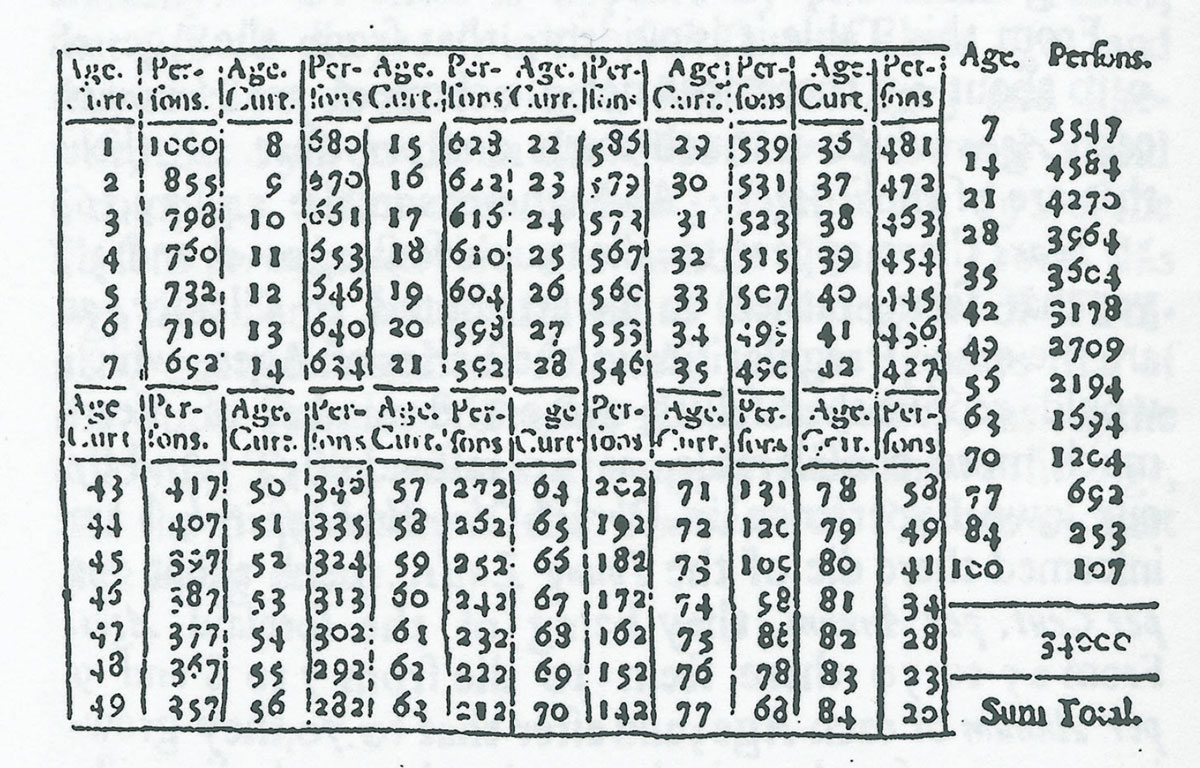"Unprecedented", "things will never be the same", "Covid-19 is a deadly virus", "these are uncertain times", "wash your hands", "the safety of our customers is our highest priority" - I am getting fed up hearing people stating the obvious. We already know all this - but why do people online, in meetings, in calls, in the media feel the need to say this stuff over and over?
Also, there has been an increase in the level of moaning about what will happen after the lockdown is ended. Nobody knows for sure, but that doesn't stop some people falling onto a "What have the Government ever done for us" trance.
Here's an example from yesterday's Irish Times, where Éanna Ó Caollaí and Carl O'Brien report that "University lecturers warn of ‘enrolment chaos’ in autumn". Like - has no one in the Department of Education not already thought of this? The Irish Federation of University Teachers (which I am not a member of) is warning us that the Government must begin consulting with colleges, staff and students in order to avoid escalating uncertainty and the threat of “enrolment chaos” in the autumn, and that students and university teachers are being left in an “ongoing limbo” amid the uncertainty caused by the coronavirus pandemic.
Well d'uh!
Universities and Colleges are already aware that there is a pandemic on - I know this 'cos I work in one. Ó Caollaí and O'Brien do report in their article there are actually discussions taking place. I know that in my own College that several discussions and projections have already taken place. Yet - we have to endure more warnings stating the obvious that something must be done. IFUT is demanding that they need clear and detailed discussion on a roadmap from Government on issues like when and how colleges will be allowed to reopen in a time when we have an interim Government who not surprisingly are focussing on saving lives.
Rant over.








